- Taxon
- Gallery
- ≡ Doodia media subsp. australis Parris, New Zealand J. Bot. 10: 593 (1972)
- ≡ Doodia australis (Parris) Parris, Fl. Austral. 48, 710 (1998)
Rhizomes erect, up to 100 mm long, or creeping, up to 230 mm long (in herbarium material), bearing scales, producing stolons. Rhizome scales linear to narrowly ovate, 2–6 mm long, 0.3–0.5 mm wide, black-brown, concolorous. Fronds monomorphic, arching upwards or outwards, 130–760 mm long. Stipes 20–300 mm long, or rarely to 360 mm long, black-brown proximally, becoming yellow-brown or red-brown distally, bearing black-brown narrowly ovate scales proximally, and minute colourless hairs distally. Rachises yellow-brown, grooved adaxially, bearing scales and hairs. Laminae 100–550 mm long, 10–125 mm wide, or rarely to 170 mm wide, pinnatisect to 1-pinnate, elliptic to narrowly elliptic or linear, tapering to a pinnatifid apex, similar colour on both surfaces, usually tinged red when young, coriaceous, bearing minute hairs and occasional scales on midveins, lacking tubercles. Pinnae in 20–50 pairs, closely to widely spaced, narrowly oblong, straight, gradually becoming flabellate or triangular proximally; the longest pinnae at about the middle, 5–80 mm long, or rarely to 93 mm long, 3–11 mm wide, or rarely only 2 mm wide; apices acuminate or acute or obtuse, margins sharply serrate, bases adnate on distal pinnae, stalked or sessile on proximal pinnae; the basal pinnae opposite; the terminal pinna 10–80 mm long, usually <⅛ of total frond length. Veins anastomosing. Sori elongated, discrete, in 1–2 rows either side of midvein; indusia narrowly oblong, 1–3 mm long, opening towards the midvein, minutely hairy.
Blechnum parrisiae, previously included in the genus Doodia, is recognised by its monomorphic fronds, young fronds that are tinged pink, anastomosing venation, and discrete rather than continuous sori arranged parallel to the pinna costae. It is distinguished from B. molle and B. zeelandicum by its pinnae, which are mostly adnate and stalked only in the lower third of the rachis. It is most similar to B. neohollandicum, which is very rare and probably no longer extant in New Zealand, and B. kermadecense, which is confined to the Kermadec Islands. In B. neohollandicum all pinnae, except sometimes the basal pair, are adnate to the rachis, and all have tubercles along the rachis and costae, which are absent in B. parrisiae. B. kermadecense has generally longer and more membranous pinnae (44–140 mm long, cf. 5–80 mm long), is only sparsely hairy on the rachises and laminae, and has young fronds which are never tinged pink.
Aberrant forms with forking of the rachis are known.
North Island: Northland, Auckland, Volcanic Plateau, Gisborne, Taranaki, Southern North Island.
South Island: Western Nelson, Sounds-Nelson, Westland, Canterbury.
Kermadec Islands, Three Kings Islands, Chatham Islands.
Altitudinal range: 0–600 m.
Blechnum parrisiae occurs on Raoul Island and Macauley Island in the Kermadec group, on the Three Kings Islands, and in coastal and lowland districts of the North Island from Te Paki to Wellington. The species is rare in the central North Island. It grows from near sea level to over 600 m at Hipaoa Thermal Area at the south end of Lake Taupō. In the South Island it is known from coastal and lowland sites along the north coast from Cape Farewell to the Marlborough Sounds, with outlying populations at Cape Foulwind, Lake Brunner, and on the Port Hills near Christchurch, growing to 80 m. Although not listed by de Lange et al. (2011) for the Chatham Islands, it has been recorded from South East Island (AK 358186).
Also Australia (Queensland, New South Wales, Victoria, Tasmania), Lord Howe Island, Norfolk Island (Parris 1998).
Blechnum parrisiae is a terrestrial fern found in podocarp, coastal pōhutukawa and other broadleaved forest, under mānuka and kānuka, in coastal scrub, under pine and macrocarpa forest, in clearings, on forest margins, and in bush remnants and wooded urban environments. It grows along rocky streambeds, on alluvial flats, among boulders and scoria, on roadside banks and cuttings, on coastal cliffs, on open clay banks, in rough pasture, and on grassy hillsides in full sun.
There is evidence for hybridisation between Blechnum parrisiae and B. molle (see Blechnum ×digenum; Parris 1972), B. neohollandicum (see under that species), and possibly B. zeelandicum (AK 297573, Macauley Island).
n = 64 (Brownlie 1961– as Doodia media). A count of 2n = 64 has been reported from Australia (Tindale & Roy 2002), suggesting a possible difference between trans-Tasman populations.
This species was misidentified as Doodia kunthiana Gaudich. in some early New Zealand Floras. It was treated as Doodia media by Allan (1961) and as D. media subsp. australis by Parris (1972), and raised to species rank as D. australis by Parris (1998). When treated in Blechnum, it requires the new name B. parrisiae (Christenhusz et al. 2011).
The name Doodia aucklandica Field (1906) was treated as a nomen nudum by Parris (1972) under Blechnum parrisiae (as Doodia media subsp. australis).












